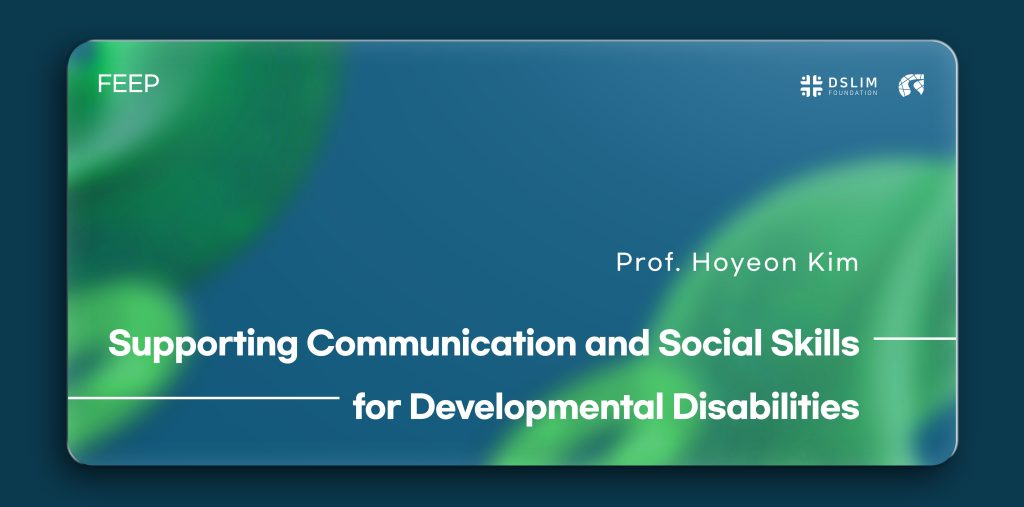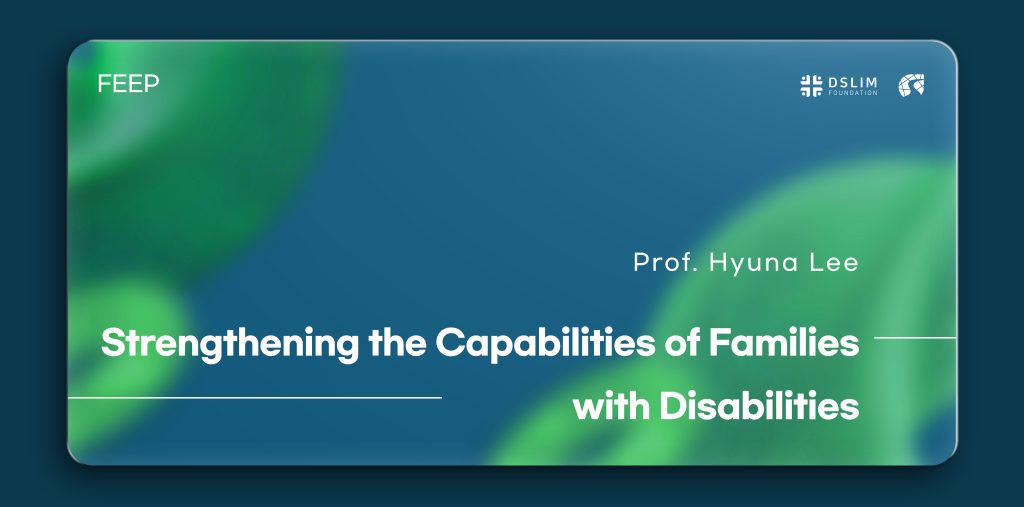It's Okay!
Professor Jaehyun Jeong
When my baby was two months old,
they cried every evening,
not from hunger, not because they were in pain,
but for no apparent reason,
from dusk till nightfall, for a solid three hours.
Afraid that this fragile bubble of a baby might vanish,
I held them in my arms,
walking countless laps around the house, asking,
“What’s wrong? What’s wrong? What’s wrong?”
My tears would sometimes fall,
mixing with the baby’s own.
One day, I said something new, without being taught:
“It’s okay. It’s okay. It’s okay now.”
As if by magic, the baby didn’t stop crying,
but my tears subsided instead.
It might have been pure coincidence,
but a few days later,
the baby stopped their evening cries.
It wasn’t until I was past thirty that I truly understood—
how to respond when someone within me weeps.
Just as I looked into my baby’s crying face,
toward that bitter bubble of tears,
“It’s okay.”
Not “What’s wrong?” but “It’s okay. It’s okay now.”
Han Kang, from the poetry collection I Put an Evening in the Drawer
“What’s wrong?” is a question we often throw out so casually. While it seems like a query for reasons, “What’s wrong?” is often less about asking and more about expressing dissatisfaction or discontent. Sometimes it carries a tone of irritation, other times persuasion. But whatever the tone, this phrase emerges from a deeper, more instinctive place.
A two-month-old baby is crying inexplicably. Many mothers have experienced this, and many still do. It’s such a common occurrence that it hardly seems noteworthy. The mother knows it’s not hunger or pain, yet the baby continues to cry. The lack of an apparent reason becomes the critical point.
But is it only babies who cry without apparent reason? Don’t we all, at times, cry like this? Or feel like crying? The reasons may not always be clear, even to ourselves. Yet, the tears come—or want to come. While we might not fully understand the reason, the urge to cry is undeniable.
The tragedy is that we’ve been taught not to cry whenever we feel like it. This learned suppression of tears is even sadder than the tears themselves. Crying may not be joyful, but losing the ability to cry is an even greater loss. We stop crying, or worse, we forget how to. This might be our real pain.
And if someone asks, “What’s wrong?” in those moments, it’s like adding insult to injury. No answer can suffice, and perhaps none exists.
Then one day, seemingly out of nowhere, the mother changes her words. It’s not something anyone taught her; it’s something she suddenly realized. This wasn’t about acquiring new knowledge but a moment of insight born from grappling with countless “What’s wrong?” queries. Life had taught her—not knowledge—that “What’s wrong?” can shift to “It’s okay.” It happens quietly, almost imperceptibly.
The exclamation emerges not from knowledge but from life itself. Life isn’t something we live; life lives us. When she said, “It’s okay,” her tears stopped. And then, her baby’s tears stopped, too. Coincidence, perhaps, but not entirely. The mother’s own tears had likely intensified the baby’s crying. When she stopped crying, the baby could, too.
Later, the mother reflects that she also learned what to do when someone within herself weeps. Perhaps more importantly, she discovered the presence of that someone weeping within her. It’s not just about addressing her own tears but listening to and feeling the cries of another within her.
Saying, “It’s okay,” is not cheap neglect. It comes from countless trials of “What’s wrong?” The question “What’s wrong?” isn’t inherently bad; it’s vital. But it’s not the end. It’s when you realize there may be no answer that “It’s okay” becomes possible.
This is a word that comes to us, not one we simply utter. A “It’s okay” that is blurted out hastily risks being deceitful. For “It’s okay” to be genuine, it must emerge from the struggles of “What’s wrong?” Only then does the transition from “What’s wrong?” to “It’s okay” feel true.
And it happens—suddenly!

“Just remember that you can test different video lengths until you find what works best –– the sweet spot. Pay attention to your video performance and adjust until you see success.”




